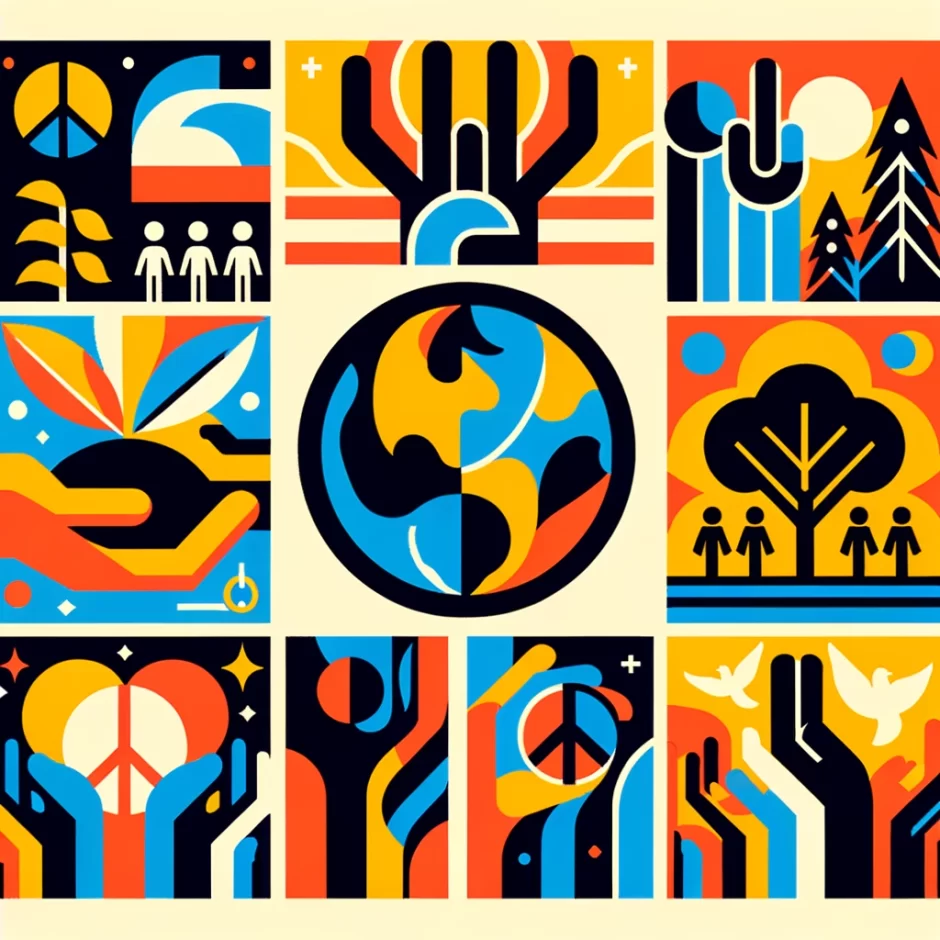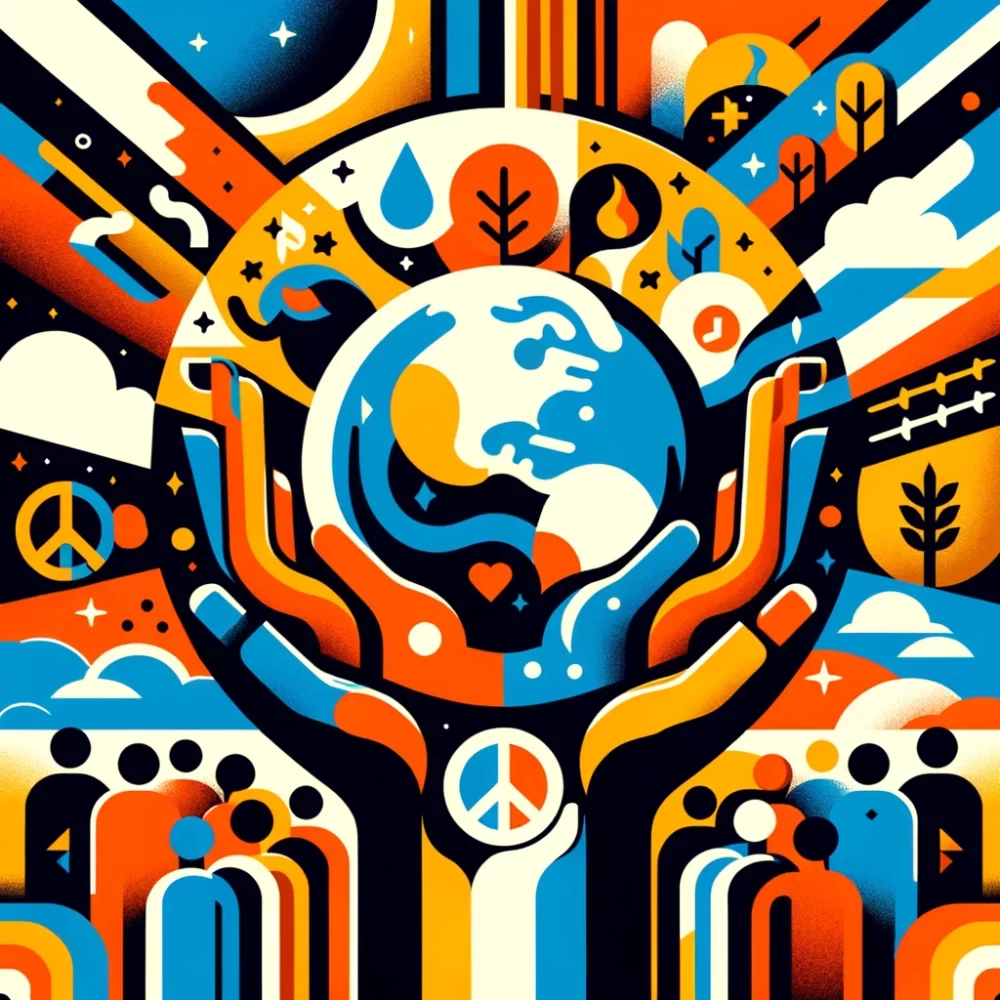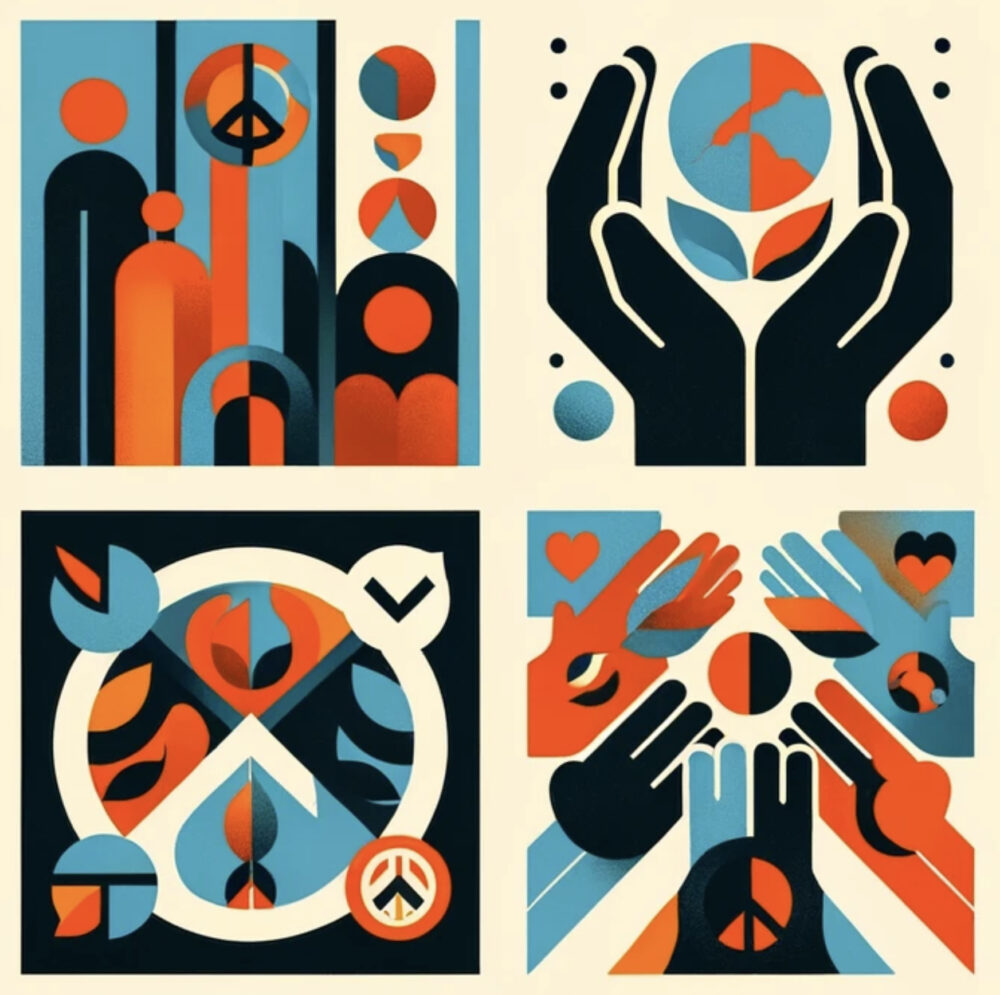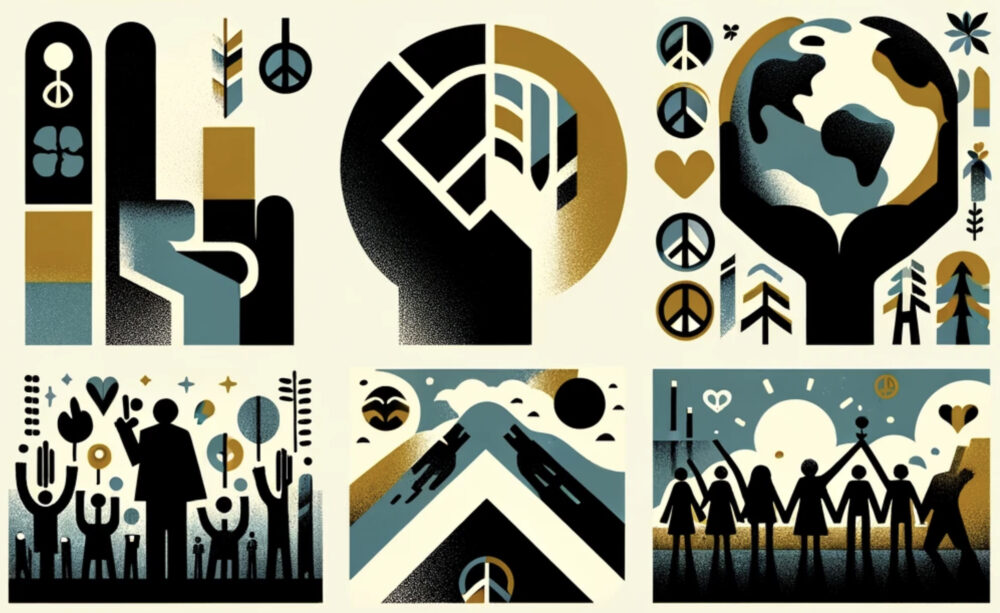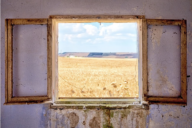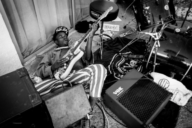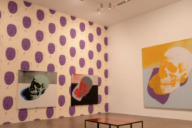Over the last few months, I’ve been visiting schools and bookstores to talk to kids about my new book Tagging Freedom, a Middle-Grade book about a 13-year-old boy turned graffiti artist at the start of the Syrian revolution. I wrote Tagging Freedom because I wanted kids to understand that the decade-long war that consumed Syria was not simply a civil war, as many in the West have called it. The war in Syria started as a revolution; a moment of hope when the entire Arab world held their breath and believed that change was possible.
Tagging Freedom is a book that centres on artivism and the way artivism can connect people across different worlds and struggles. In my school visits, I talk about the rise of graffiti and hip hop in New York City in the 1970s and 1980s; and about walls. Why do people write on walls? How has the writing on walls evolved across different cities, different struggles, and even across time? And how have people around the world been inspired by the rise of graffiti and its roots in hip-hop culture and Black America’s struggle for freedom?
My favourite description of artivism is in a book by M.K. Asante called It’s Bigger than Hip Hop: “The artivist (artist + activist) uses their artistic talents to fight and struggle against injustice and oppression—by any medium necessary. The artivist merges commitment to freedom and justice with the pen, the lens, the brush, the voice, the body, and the imagination. The artivist knows that to make an observation is to have an obligation.”
Many people don’t know that a group of children, aged 12 to 16 years old, helped ignite the Syrian revolution with a simple act of graffiti on the walls of a school. The children had watched for 18 days straight, day after day, night after night, as the Egyptian streets rose up against their own dictator. The entire Arab world had tuned in, like it was the world-cup of revolutions. The artivism that appeared on the streets of Cairo was posted on Facebook for all to see. Deep down, people wondered, who will be next? After all, Egypt had taken its cue from Tunisia.
Nobody thought Syria would revolt. Syria was not Egypt. The fear was deeper in Syria. Syrian society knew the consequences of rising up. A crackdown in the city of Hama in 1982 had left tens of thousands dead and generations of people silent. There’s a saying in Syria that the walls have ears. Informants were everywhere. People didn’t dare to even whisper their criticisms.
Then the words “It’s your turn doctor” appeared on the the walls of a school in the town of Dara’a. When the government arrested and tortured the kids, the streets of Syria erupted. It was one thing to arrest and torture adults. Another thing to hurt children.
Artivism didn’t exist in Syria before the revolution started. The walls in Syria were bare.
Occasionally, you would find stencils of the president’s bust or of his father, Hafez al-Assad. But activist slogans or images calling for the removal of the president or for freedom was a thick red line.
Before I wrote Tagging Freedom, I had never really thought about the power of the walls themselves. Walls are built to keep people out. Or to lock people in. They can be used for protection or for shelter. But when people choose to write on walls, we need to pay attention. The walls are sometimes the very things that we want to bring down. But they are always the megaphone of the voiceless. In Syria, walls became the only place where people could speak up, without fear of retribution. The anonymity of graffiti provides cover; the walls provide the canvas.
The artivism that exists in Tagging Freedom — and that existed in Syria — was a call for change, a call for hope, and a desperate call for help, sometimes all at once. In Syria, murals appeared in different cities. Artists became known by name. Some artists even started creating art in solidarity with the Black Lives Matter movement. In the end, artivism had the power to bring people together and to help people see how their struggles transcend borders. In 2020, a painting of George Floyd appeared on a bombed-out-building in Idlib with the phrase, “I can’t breathe” scrawled above. A Syrian graffiti artist paid tribute to the man who had lost his life to police violence, while also telling the world that they Syrians had also struggled to breathe after Sarin gas was used against civilians. Over the years, those walls were eventually transposed online, for the entire world to see. On Facebook. On Twitter. On websites.
In Tagging Freedom, my main character tags the phrase “look outside your world” when he’s in the U.S. As a newly arrived refugee from Syria, he’s frustrated with a world that seems to have no idea what’s happening outside its pristine, tree-lined suburbs. Artivism becomes the means through which my main character expresses his hopes, his grief, his frustrations and his fears. He graffities in Syria, in a country where speaking openly can land you in prison, and in the U.S., where he finds that few people seem to know what is happening outside the walls of their own city.
These days, I’m telling young people to pay attention to the walls – because, as Asante says, “The artivist knows that to make an observation is to have an obligation.”
Graffiti and artivism live in a continuum. Struggles across the world and across time are spurred on by images from other places. The artivism that appeared in Syria didn’t start in Syria. It lives in images, across walls and cities and countries and continents, across time.
Even in “free” societies, walls have the power to tell the stories of those who have been marginalized. Artivism about Palestine has loomed large for decades. When Israel built its separation wall, the wall itself became the canvas of not only Palestinian activists, but for world famous artivists like Banksy. Way before October 7, Palestinian artivists have created art on the ruins of bombed out homes and structures to tell their story—and as a form of spiritual and cultural resilience.
Today, the walls of our world are transcending alleyways and cities. An artivism revolution is taking place. The world has taken cues from hip hop, from Black America and this time, artivism is helping the world understand what is happening to the Palestinian people in real time, across cities, as it happens. The walls tell the story of displacement and struggle, of death, of genocide, of hunger, of despair. Although I tell kids to pay attention to walls in their cities and towns, the truth is that artivism is no longer limited to walls in your immediate town.
Instagram is helping artivism transcend the concrete walls of time and space. There are too many to follow, but you can watch this artivist revolution unfold on Instagram. Here are just a few to start with: @radicalgraffiti; @Grafffiti.from.Palestine; @nemo.graffiti; @ghassab.art; @c.gazaleh., @lailaajjawi.
Rhonda Roumani
Tagging Freedom, the debut novel from Rhonda Roumani (Union Square and Co.) focuses on a young activist who uses art to fuel social change.
Tagging Freedom follows Kareem Haddad of Damascus, Syria who, in response to a tragedy in his community, takes up graffiti as a form of protest. When he is sent to live with his cousins in the U.S, worlds and cultures collide. As graffiti messages begin appearing around the American town where he now lives, Kareem becomes the prime suspect and both he and his cousin Samira must make choices about what is most important to them.

